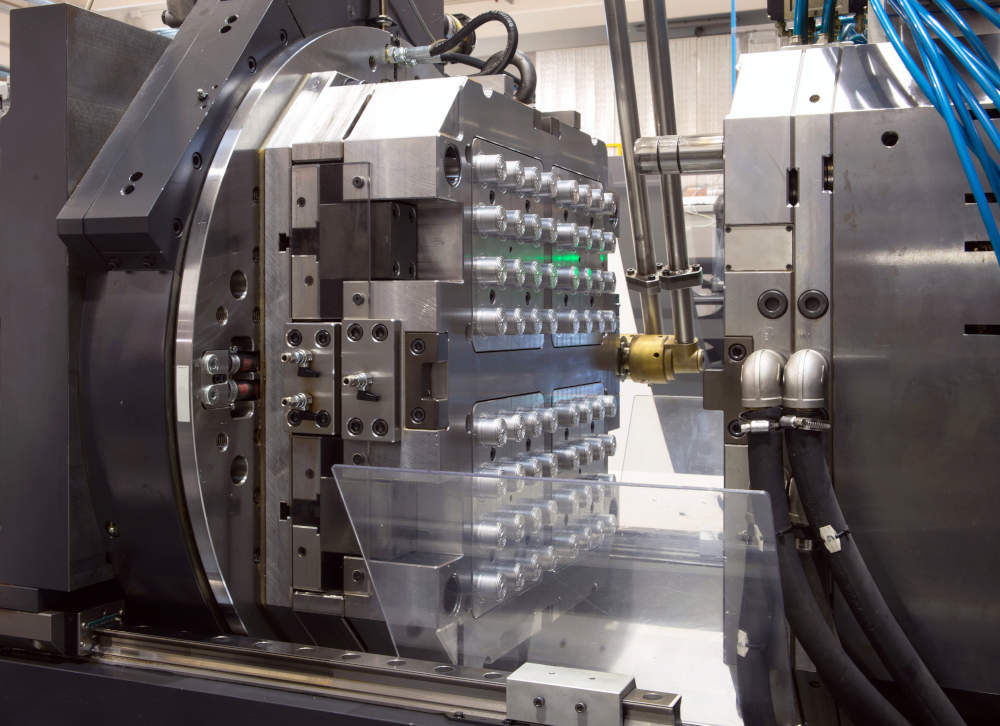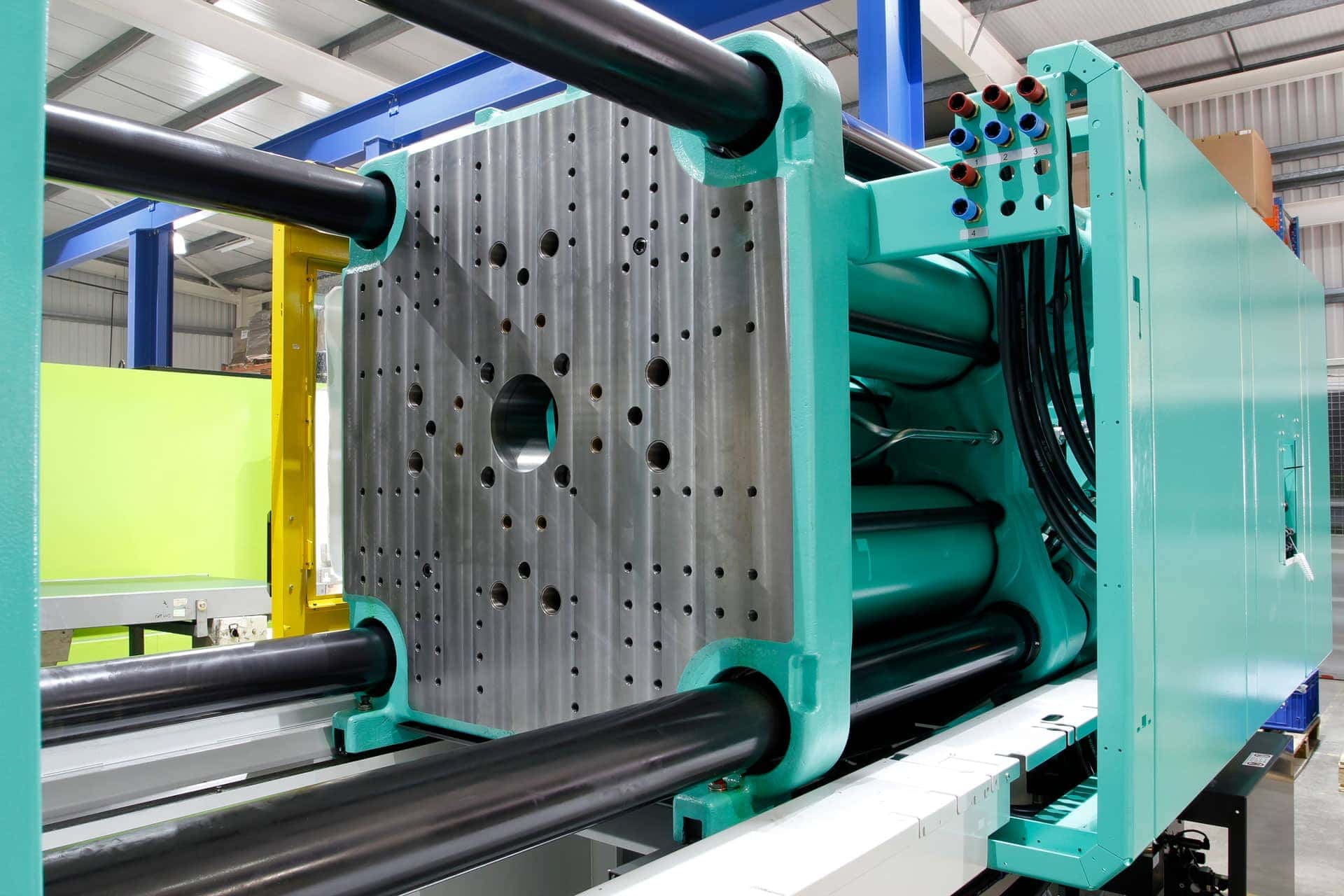Comprehending the Basics of Plastic Shot Molding Processes
Plastic injection molding functions as a foundation of modern-day production, providing a methodical technique to producing intricate components with precision. This procedure not just includes the essential steps of melting and injecting products right into mold and mildews yet also includes a nuanced understanding of different affecting aspects, such as temperature and pressure. As industries significantly require efficiency and quality, the details of this technique end up being extra crucial. Discovering these crucial elements might disclose exactly how even minor modifications can bring about substantial renovations in manufacturing outcomes, increasing questions about the possibility for innovation in this well established procedure.
What Is Plastic Shot Molding?
Plastic shot molding is an extensively made use of production process that changes thermoplastic and thermosetting products right into precise and intricate forms. This method is preferred for its capability to produce high quantities of the same get rid of outstanding precision, making it an essential technique in numerous industries, consisting of auto, consumer items, and clinical tools.
The procedure entails thawing the selected plastic product and injecting it into a mold and mildew under high pressure. The mold and mildew, made to the specs of the desired component, allows the molten plastic to take form as it solidifies and cools. When the product has solidified, the mold and mildew is opened, and the completed part is ejected.
Plastic shot molding offers a number of benefits, consisting of reduced waste, consistency in production, and the capability to integrate detailed designs that may be testing with other producing techniques. In addition, it sustains a wide variety of materials, each offering special residential properties that can be customized for details applications. As markets remain to innovate, plastic shot molding continues to be at the leading edge, making it possible for the growth of sophisticated items that satisfy advancing customer needs.
The Shot Molding Process
The injection molding procedure is an innovative method that includes a number of vital phases to produce high-grade plastic parts. Originally, plastic pellets are fed into a warmed barrel where they are merged a thick fluid. This molten plastic is after that injected under high pressure into a precision-engineered mold and mildew, which shapes the material right into the wanted kind.
When the mold is loaded, the plastic is enabled to cool down and solidify, taking the shape of the mold dental caries. Cooling time is vital, as it affects the cycle time and the last homes of the shaped component. After adequate cooling, the mold and mildew opens up, and the completed component is expelled using ejector pins.

Products Used in Injection Molding
Various materials can be used in the shot molding procedure, each offering one-of-a-kind residential or commercial properties that provide to specific applications. One of the most commonly used products include thermoplastics, thermosetting plastics, and elastomers.

Thermosetting plastics, like epoxy and phenolic materials, undertake a chemical modification throughout the curing procedure, resulting in a stiff, stringent structure. These products are ideal for applications calling for high heat resistance and structural stability, typically made use of in automobile components and electric insulators.
Elastomers, consisting of silicone and rubber-based materials, supply flexibility and strength. Their special homes make them suitable for applications that demand flexibility, such as seals and gaskets.
Additionally, specialty products like bio-based plastics and composites are acquiring traction for their environmental advantages and enhanced performance attributes, widening the range of shot molding applications in various industries. Understanding the buildings of these materials is important for choosing the proper type for details tasks.
Benefits of Shot Molding
Shot molding stands out as a highly efficient manufacturing procedure that provides various advantages for producing complicated components with accuracy. Among the Plastic Injection Molding most substantial benefits is the capacity to develop complex designs that would certainly be challenging or difficult to accomplish with various other techniques (Plastic Injection Molding). The process enables thorough functions and tight resistances, ensuring high-grade parts
Furthermore, injection molding is known for its quick production capabilities, making it a perfect option for high-volume production. When the mold is developed, components can be created quickly, lowering lead times and enhancing overall productivity. This performance not only decreases manufacturing costs yet likewise provides an affordable side on the market.
The convenience of products made use of in injection molding better enhances its allure. A large range of thermoplastics and thermosetting polymers can be used, allowing producers to select materials that you can try these out finest fulfill their particular needs, consisting of flexibility, heat, and toughness resistance.
Furthermore, the procedure minimizes waste, as excess product can often be reused and recycled. This sustainability element adds to a minimized environmental impact, making shot molding an accountable manufacturing option. Overall, the advantages of shot molding make it a preferred technique for lots of sectors.
Elements Affecting Product Top Quality
While many variables can influence item quality in injection molding, comprehending these elements is vital for achieving ideal results. Key facets consist of material selection, refining parameters, and mold and mildew design.
Product option plays a vital role, as various polymers exhibit unique homes that influence flowability, strength, and thermal security. Poor product option can cause issues such as warping or insufficient filling.
Handling specifications, including pressure, temperature, and cycle time, have to be meticulously controlled. Variants in these setups can cause inconsistencies partially measurements and surface area coating. For example, exceedingly high temperatures may create deterioration of the polymer, while inadequate stress can cause brief shots.
Mold design is similarly crucial, as it determines the flow of the molten plastic and the cooling procedure. Poorly developed mold and mildews may blog cause uneven cooling prices, resulting in dimensional errors and recurring stress and anxieties.

Final Thought
To conclude, plastic shot molding works as a vital manufacturing process that enables the effective manufacturing of top quality parts. Mastery of the injection molding procedure, including the understanding of materials and the impact of different elements on item high quality, is important for achieving ideal outcomes. The benefits of this technique, such as cost-effectiveness and layout versatility, more emphasize its relevance across multiple industries, strengthening its condition as a preferred selection for high-volume production.
Plastic injection molding serves as a keystone of modern-day manufacturing, giving a systematic strategy to generating complex components with accuracy.Plastic shot molding supplies several advantages, including reduced waste, uniformity in production, and the capacity to incorporate elaborate layouts that might be challenging with various other making methods (Plastic Injection Molding). As industries proceed to innovate, plastic shot molding continues to be at the forefront, making it possible for the growth of advanced products that fulfill evolving consumer needs
The injection molding process is a sophisticated method that includes numerous crucial stages to produce top notch plastic components.In verdict, plastic injection molding serves as a critical manufacturing procedure that makes it possible for the reliable manufacturing of top notch components.